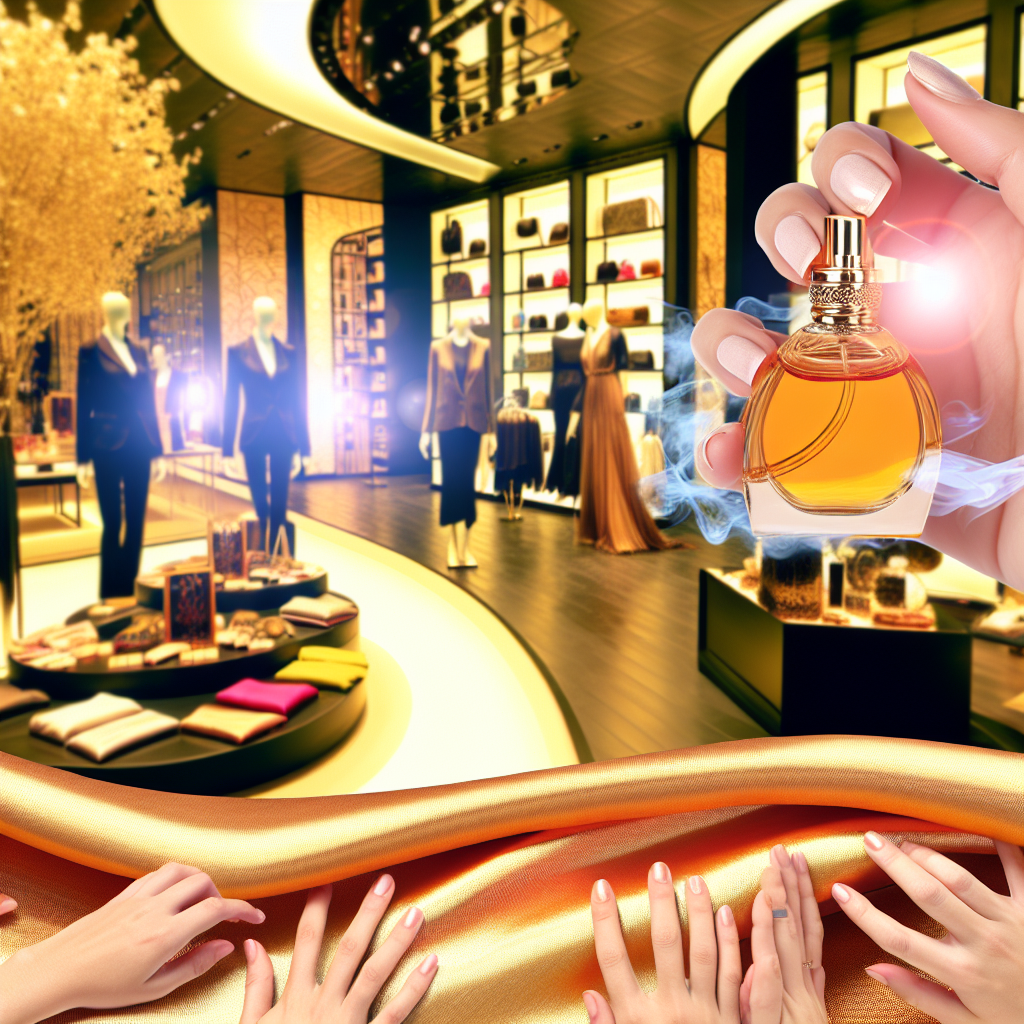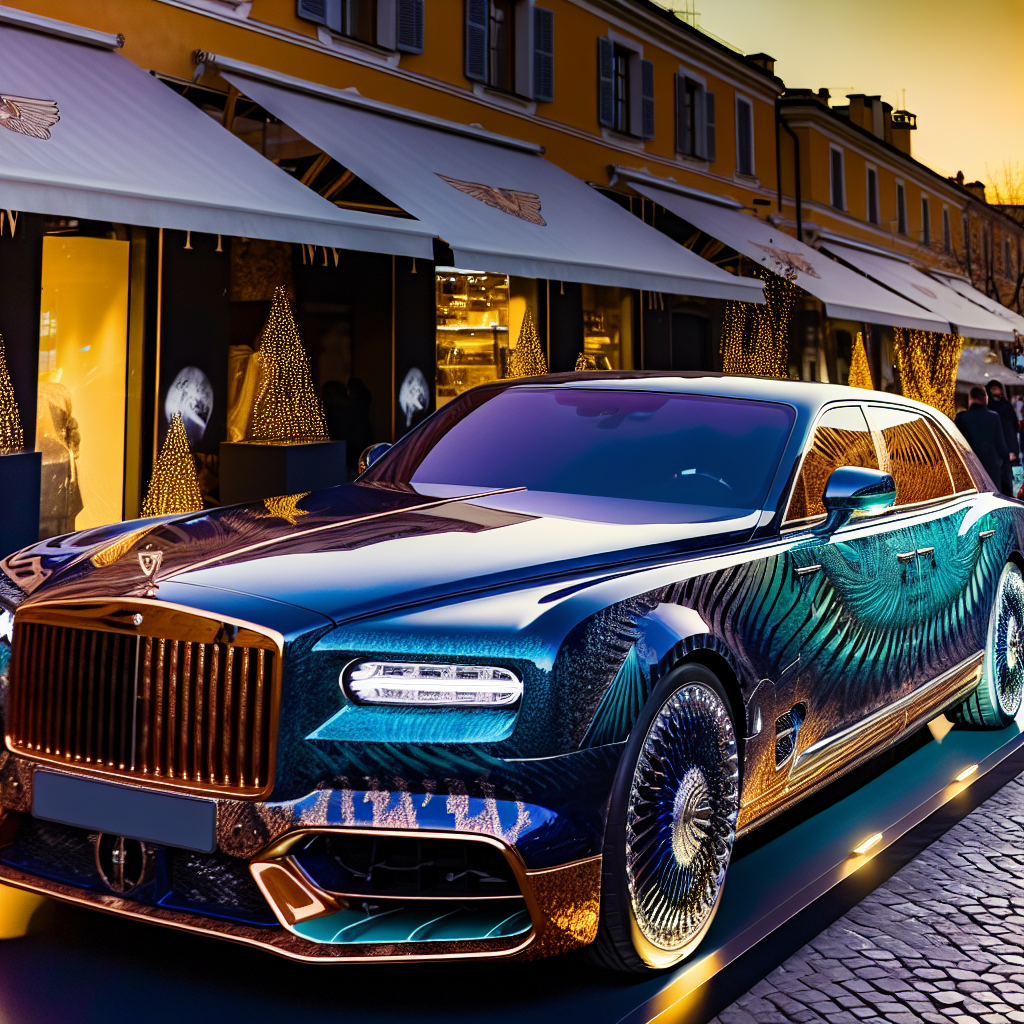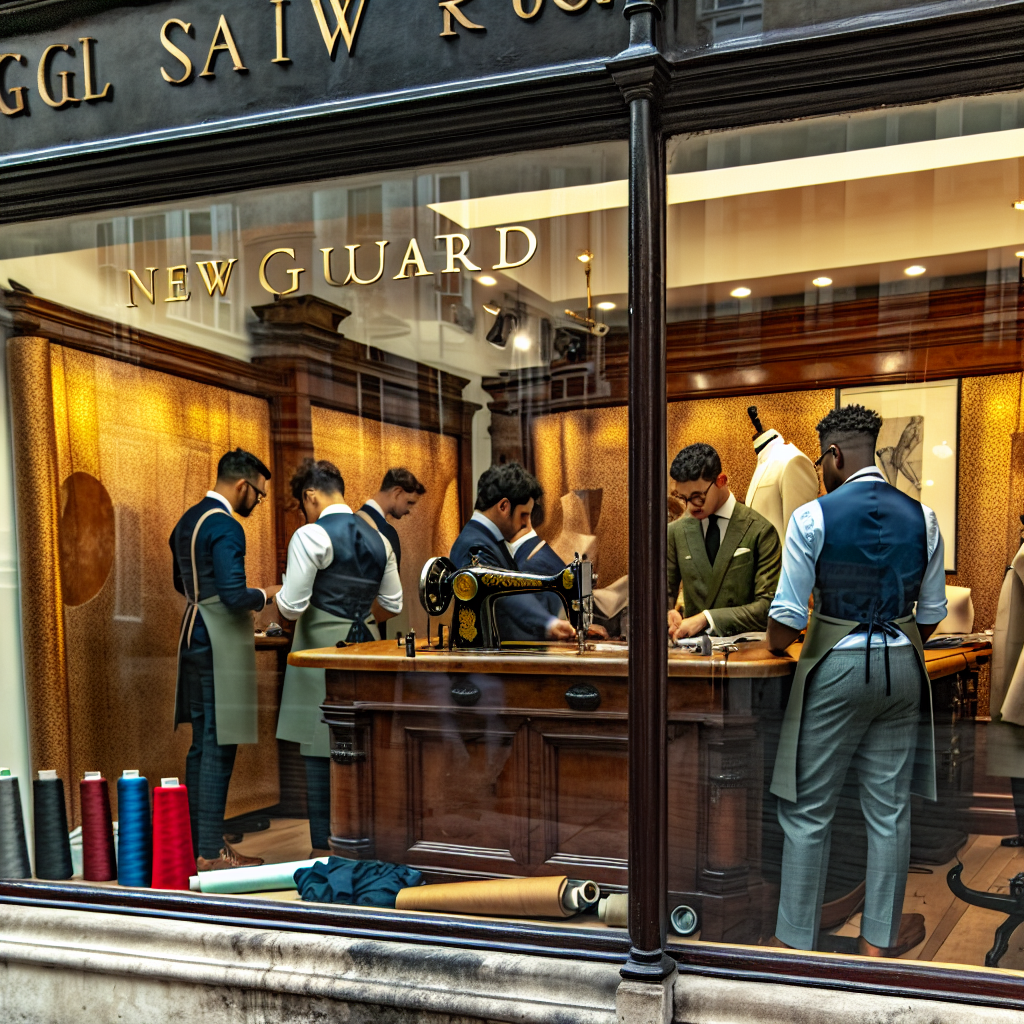Neuroscience-Based Luxury: How Scent, Touch, and Color Psychology Drive Premium Purchases
In today’s world of hyper-personalization and elevated experiences, luxury is no longer just about logos and price tags—it’s about sensory perfection and emotional resonance. Welcome to the cutting-edge world of neuroscience-based luxury, where brands design experiences not just for the body, but for the brain. Whether it’s the soft caress of high-thread-count bedding, the allure of a signature scent in a boutique, or the specific shade of platinum grey used in premium packaging, these elements influence high-end consumer behavior at the most primal level.
Customers who pursue a lavish lifestyle are not simply seeking products—they are buying into emotional states, identity affirmation, and cognitive delight. At the heart of this transformation is neuroscience, the scientific study of the nervous system, which is now being used by luxury marketers to decode how consumers perceive, desire, and ultimately purchase high-value items. This confluence of science and luxury reveals a fascinating truth: opulence is largely a mental state activated through refined sensorial triggers.
Scent & Emotion: How Luxury Brands Use Fragrance to Trigger Desire
The science backing the connection between sensory stimuli and luxury consumer behavior is profound. Three core sensory domains—scent, touch, and color—have been widely studied in experimental psychology and neuroscience, revealing the tangible power of sensory design in influencing purchase intent and perceived value.
The limbic system, responsible for emotion, memory, and behavior, is directly linked to the olfactory cortex. This biological connection is why scent has such a potent impact on our emotional state—and subsequently our purchasing decisions. A study from the Journal of Retailing found that pleasant ambient scent can increase dwell time and boost consumer spending in high-end retail environments. Luxury hotels like The Ritz-Carlton and fragrance houses like Le Labo and Byredo leverage this, designing signature scents to evoke exclusivity and permanence.
These immersive olfactory experiences become brand signatures, embedding themselves in the consumer’s memory and linking directly with feelings of desire, calm, and opulence.
→ Read the full study in the Journal of Retailing
Texture Tells a Story: Why Touch Defines the Feel of Luxury
Haptic perception—how we interpret sensations through touch—can significantly affect how we judge product quality. A study in the Journal of Consumer Research showed that consumers perceive products to be more luxurious when associated with tactile cues like softness, smoothness, or weight.
This explains why luxury brands invest in materials like soft cashmere, polished metals, and supple leathers. Packaging is no exception—beautifully weighted boxes or matte-touch finishes on bottles trigger an immediate sense of sophistication and craftsmanship. It’s often a fleeting, unconscious decision made the moment fingers touch the product or packaging.
Neuroscience supports this: touch activates regions of the brain associated with emotion and memory, solidifying the user’s bond with the product through micro-moments of joy and reassurance.
→ Explore the Journal of Consumer Research findings
The Power of Pigment: How Color Drives Emotional Value
Color is a silent storyteller in the world of luxury. It sets tone, elicits mood, and shapes perception. Psychological and neuroaesthetic studies reveal that color influences subconscious decisions in as little as 90 seconds—and that up to 90% of product evaluation is color-based, depending on context.
From the deep navy of a Bentley interior to the iconic red soles of Louboutins, colors are intentional. Luxury brands choose hues that symbolize power, refinement, and timelessness. For example, matte finishes in black, platinum grey, or ivory often suggest minimalism and status. These colors stimulate the brain’s pleasure centers, fostering a sense of calm exclusivity and mental clarity.
By understanding how the brain reacts to various shades, brands create more than just visual appeal—they initiate emotional connections that influence buying behavior.
→ Learn more in Color Research & Application
Harmonizing the Senses: Crafting a Synesthetic Luxury Experience
When scent, touch, and color are strategically combined, they form a symphony of sensory cues that amplify emotional engagement. This multi-sensory design taps into our neurochemical circuitry—stimulating dopamine (pleasure), oxytocin (trust), and serotonin (well-being).
These neurochemical reactions are what make luxury “feel” luxurious. It’s not just the price tag or the name; it’s the way you feel when engaging with the product. Prestige brands use this approach in everything from boutique layouts and spa experiences to online product photography and unboxing moments. The result? Purchased memories, not just possessions.
Tomorrow’s luxury spaces—be they physical or digital—will increasingly rely on neuroscientific principles to elevate brand experience. The goal isn’t just to dazzle your senses; it’s to leave an emotional footprint on your brain.
Conclusion: Sensory Science as the Future of Premium Living
In a modern luxury ecosystem where prestige is no longer dictated by price alone, sensory science offers the ultimate advantage. By understanding the neuroscience of scent, touch, and color, luxury brands create emotional resonance that turns everyday moments into rich, memorable experiences.
For the discerning consumer, it’s no longer about simply acquiring luxury—it’s about deeply feeling it. Neuroscience-based luxury empowers people to live these moments more deliberately, savoring both the craftsmanship and the emotional uplift behind each indulgence.
References
- Journal of Retailing: The Effects of Ambient Aroma in Retail Stores on Consumer Responses
- Journal of Consumer Research: Touch and the Perception of Luxury
- Color Research & Application: The Impact of Color on Marketing
Summary:
In today’s world, luxury is no longer just about logos and price tags—it’s about sensory perfection and emotional resonance. Neuroscience-based luxury is a cutting-edge approach where brands design experiences not just for the body, but for the brain. By understanding the neuroscience of scent, touch, and color, luxury brands create emotional resonance that turns everyday moments into rich, memorable experiences. This sensory science offers the ultimate advantage in a modern luxury ecosystem where prestige is no longer dictated by price alone.

Dominic E. is a passionate filmmaker navigating the exciting intersection of art and science. By day, he delves into the complexities of the human body as a full-time medical writer, meticulously translating intricate medical concepts into accessible and engaging narratives. By night, he explores the boundless realm of cinematic storytelling, crafting narratives that evoke emotion and challenge perspectives. Film Student and Full-time Medical Writer for ContentVendor.com




